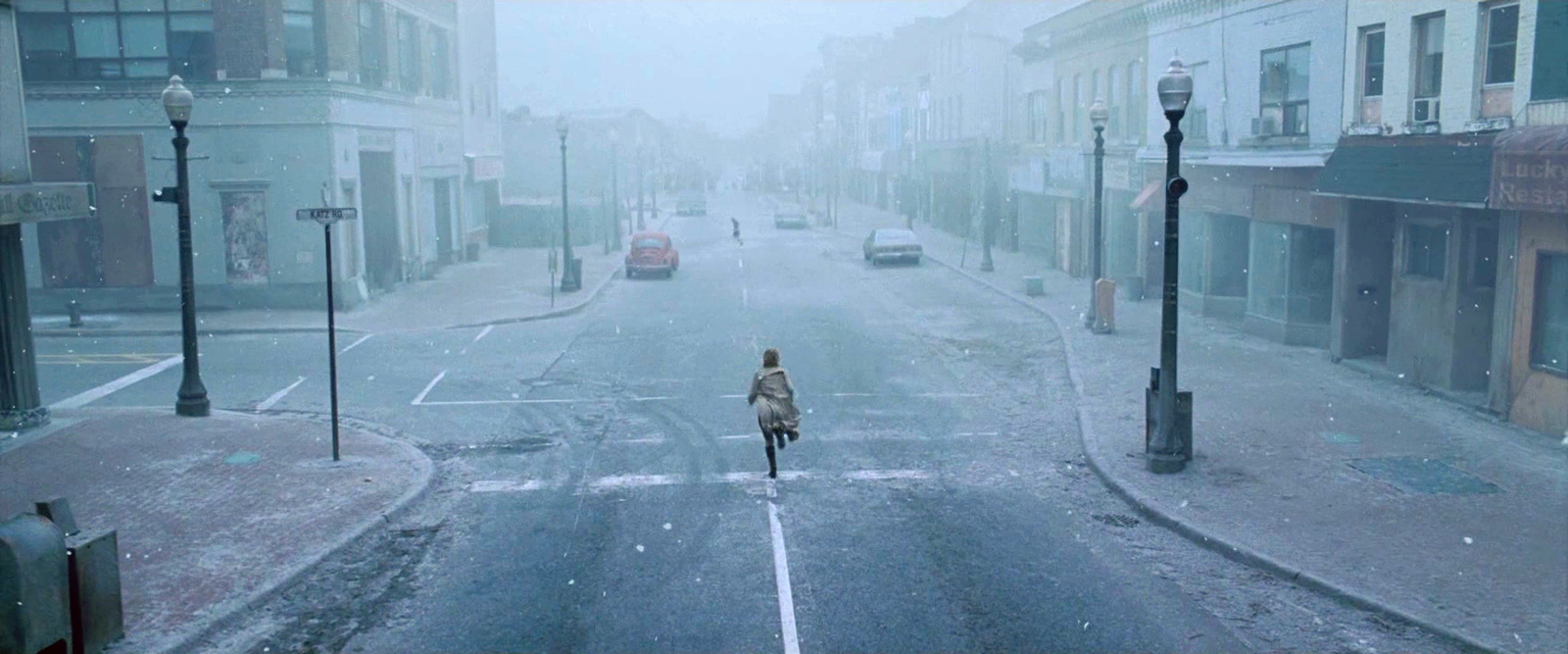
The gemstone is especially plentiful in Brazil, Russia, Western Australia, Poland, California and Arizona.īahia is the only Brazilian state which produces chrysoprase.

In the United States, the jewel is found in locations as diverse as Vermont, Oregon, Colorado and North Carolina. When chrysoprase is cut, considerations other than brilliance are taken into account.Ĭhrysoprase is found on multiple continents, including Europe, Australia, Asia and the Americas. The jewel’s refractive index is modest at 1.530 to 1.543. In terms of other optical effects, lacks fluorescence as well as dispersion. The rock may look dull, waxy, greasy, vitreous or even silky. When light reflects from the jewel’s surface, it can display one of several lusters. The rock’s specific gravity is between 2.58 and 2.64, aiding in gem identification. These may be splintery, uneven, or may be conchoidal, with a curved, stepped appearance. The gemstone has a Mohs hardness of 6 to 7, and a variety of fracture patterns. Chrysoprase has nickel impurities which provides its greens.Ĭhrysoprase is a translucent to opaque jewel commonly described as apple green, though it may have darker tones. Aventurine is a chalcedony with optical phenomena. With rocks like agate or onyx, this can mean multicolored patterns. What distinguishes one chalcedony from another is the trace minerals and inclusions which changes the gem’s appearance. The two stones have very different crystal structures and habits with quartz being much more symmetrical than moganite. While quartz has been known for thousands of years, moganite wasn’t discovered until 1984. The materials which make up chalcedony, quartz and moganite, have the same chemical formula, one part silicon and two parts oxygen.


When a rock is made of minerals so tiny they’re difficult to discern with a microscope, it’s classified as a cryptocrystalline. The term “ chrysoprase” itself comes from the Greek words for “gold” and “green,” referring to the rock’s often bright hues.Ĭhalcedony is a rock, or material made of more than one stone. While it has the nicknames of “jadine” or “Australian jade,” these are misnomers, as the jewel’s chemical formula and crystal structure are very different from jade. It’s also known as chrysophrase or chrysoprasus.


 0 kommentar(er)
0 kommentar(er)
